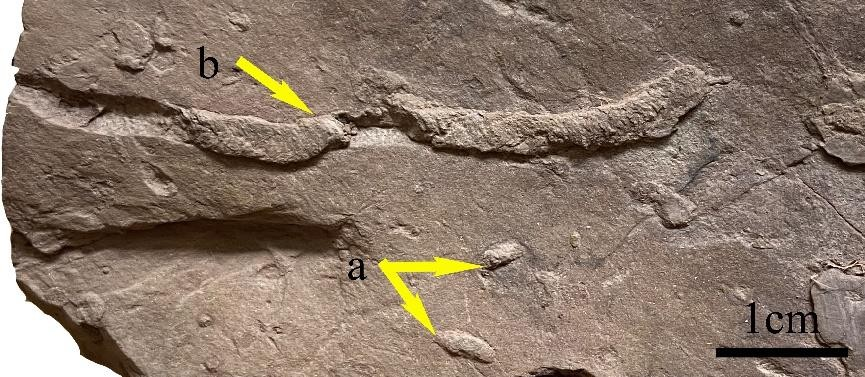Trace fossils or Ichnofossils found by researchers from the Siwalik sediments in Pathankot District of Punjab have helped them assess the environmental conditions that prevailed in the region during prehistoric times. The findings indicated that the studied area was semi-arid, low sedimentation rates, low energy deposits and well oxidizing environment approximately 11 million years ago.
Ichnofossils are the biogenic sedimentary structure that reflect the diversity and behavior of organisms and their connection to environmental conditions, such as substrate properties, nutrient availability, and mainly oxygen conditions.
Researchers from the Wadia Institute of Himalayan Geology (WIHG), an autonomous institution of Department of Science and Technology (DST) found ichnofossils, representing an age equivalent to the Late Miocene of Geological Time Scale (approximately 11 million years old) from the Siwalik sediments exposed around the Dunera region of Pathankot District of Punjab.
In their study published in the journal of Earth System Science, Ichnofossil assemblages have been discovered from the Miocene succession rocks exposed along the Katilu Khad section, Dunera, Punjab.
The team led by Mr. Abhishek Pratap Singh, a Senior Research Fellow along with Dr. Shivani Pandey, Dr. Ramesh Kumar Sehgal and Dr. Ningthoujam Premjit from WIHG have identified eight ichnotaxa with twelve ichnospecies. These include Arenicolites isp., Beaconites coronus, Helminthopsis tenuis, Lockeia siliquaria, Palaeophycus tubularis, Palaeophycus isp., Planolites annularis, P. beverleyensis, Skolithos linearis, Taenidium barretti, T. cameronensis, and T. serpentinum, along with some unidentified burrows.
The fossil composition shows a mixture of Scoyenia and Mermia ichnofacies representing a nonmarine environment. The ichnofacies indicate well-oxygenated, low-energy deposition along with exposure to air ---conditions which characterize a fluvial environment.
In the recent past, the team also reported some significant fossils of rodents from the same region.
Publication link: https://doi.org/10.1007/s12040-023-02223-w

Figure 1: a: Lockeia siliquaria; b: Palaeophycus isp
![]()
Figure 2: Beaconites coronus






























